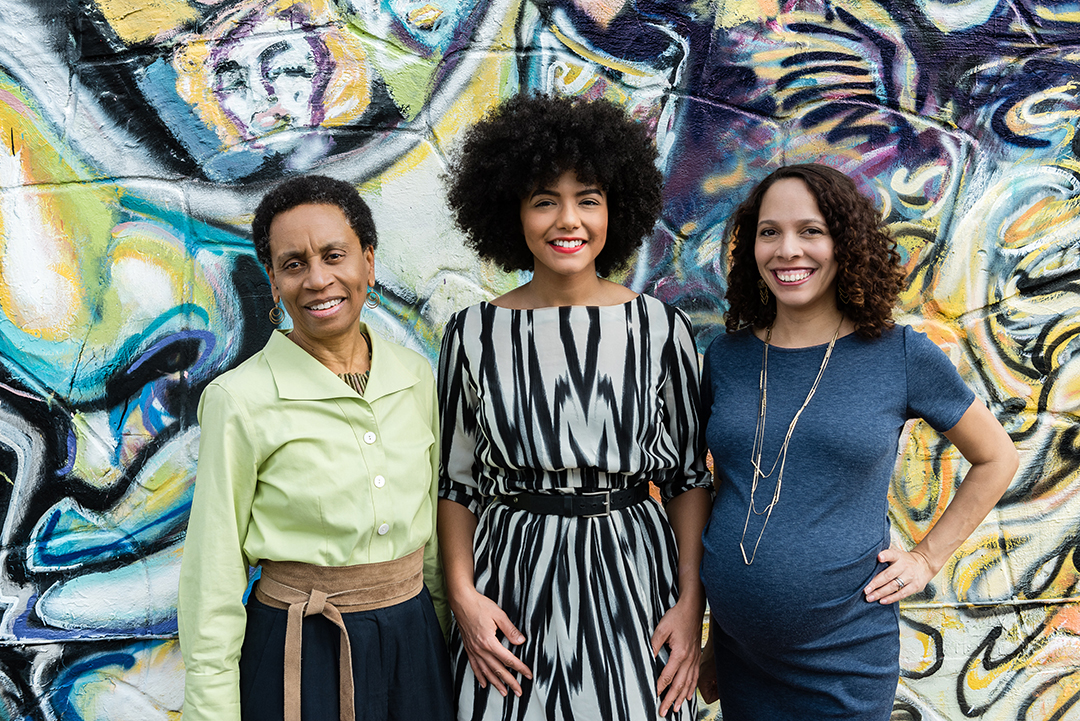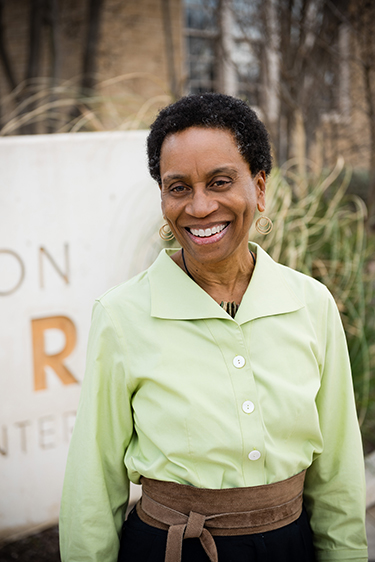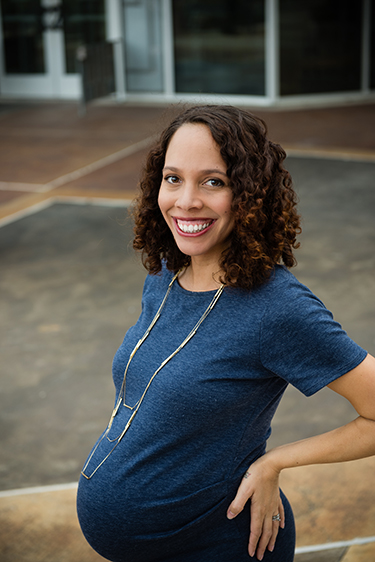Meet the three African-American architects paving a path for the next generation in Austin.
 The year was 2007. The setting was New Orleans. Trinity White, three years out of college and beginning her work in architecture, was waiting in the lobby for a job interview when the cover of a magazine caught her eye. It was Architect Magazine and had a photograph of an African-American woman on the cover. In large typeface was a startling figure: .2 percent. When White read the article inside, she was shocked to discover that the diminutive percentage referred to the number of African-American women licensed in architecture in the United States.
The year was 2007. The setting was New Orleans. Trinity White, three years out of college and beginning her work in architecture, was waiting in the lobby for a job interview when the cover of a magazine caught her eye. It was Architect Magazine and had a photograph of an African-American woman on the cover. In large typeface was a startling figure: .2 percent. When White read the article inside, she was shocked to discover that the diminutive percentage referred to the number of African-American women licensed in architecture in the United States.
“I had known through my own experience that we were few, but I had no idea it was that unbalanced,” White says. “That moment changed everything for me. I thought to myself, ‘So many people have fought and sacrificed just so I could have the opportunity to get this far.’ I felt like being licensed could be an opportunity to pave the way for young black women to come.”
The Architect Magazine article reported that although the number of African-American women licensed in architecture had quadrupled during the previous 15 years, “four times a fraction of a percent doesn’t amount to much.” The statistics still haven’t changed significantly. In 2013, Diverse Education reported fewer than two percent of licensed architects in the U.S. were African-American (male and female). In 2016, the number of licensed African-American females still fell below .3 percent. In Austin, the numbers paint an even bleaker picture: fewer than .1 percent of more than 1,100 licensed architects are African-American.
White moved to Austin in 2008 and started her own practice in 2012. When she learned she was one of only three African-American women licensed as architects in the city, she was disappointed but unsurprised.

“It’s an old boys’ club in a very real sense of the phrase. Architects don’t often own their own practice or become partners in firms until much later in life, due to the long licensing and education process,” she says. “So, there’s a delay between the demographic changes you see in our society and the faces of the people dominating the profession. This can be discouraging because it’s difficult to find role models to look up to, and that probably stifles some of the interest in pursuing the profession.”
White adds that the job is difficult and many architects are underpaid, compared with other fields requiring similar education.
“Architecture is a labor of love, and finding the time, passion and financial resources to pursue your dream is elusive, at best,” she says. “I, like most people, had to find a way to balance that with a full-time career and growing family.”
Donna Carter corroborates this dilemma. Carter entered the field in the 1970s after graduating from Yale University, and says she spent all her time simply keeping her practice going.
“All of my financial, physical and emotional resources were spent on the firm entity,” Carter says. “I certainly didn’t have the time to think positively about being unique because of my race or gender. I didn’t put it in a historic perspective. It was one of paying the bills month to month.”
Carter points out the generation gap between herself, White and Devanne Pena, who are the only three licensed female African-American architects in Austin. White and Pena entered the field three decades after Carter, who says, as a city, we should have been adding women of color to the field in far greater numbers since her time, especially considering the presence of a major university.
“It is very sad that in the 21st century, in a city this vibrant, current, relevant and intelligent, we are still talking about such small numbers,” Carter says. “Many of the issues of gentrification, loss of historic properties, food-and-market deserts were anticipated by work that I did in the early 1980s. But it was not really noticed or taken seriously by either the community or the city.”

These statistics and experiences beg the obvious question: Is anything being done to recruit more women of color into the architecture industry? Carter says the question is a complicated one, and wonders if it’s a problem Austin can solve.
“One could argue that architecture is a rich man’s profession well-suited to those with other means of support,” Carter says. “This should allow some flexibility for women who traditionally have not been the main wage earner to get into the profession. But, as part of the construction industry, it is not a traditional path, and not an easy decision for a minority woman to make.”
Carter also points to Austin’s recently declining African-American population, which makes it harder to attract new professionals to the city.
“In a diverse community, there is respect for the distinct influences and life experiences of many cultures and there is room at the table for all, each bringing something to be shared, not stolen, and certainly not checked at the door,” Carter says.
Pena echoes Carter, and issues a challenge to the business community.
“I would like to see designers, architects and project managers at the table who look like me. Austin needs to recruit, interview and hire people of color across all industries,” Pena says. “A lot of companies may aim to foster diversity, but they are shooting in the dark if there is no target.”
In September 2016, the University of Texas School of Architecture announced the establishment of an initiative on Race, Gender and the Built Environment specifically to address what it calls “one of the most pressing issues affecting 21st century design and planning.” The effort aims to facilitate diversity among design and planning professionals and students, and foster innovation in teaching and research on race, gender and inequality in American cities.

Organizations such as the National Organization of Minority Architects, where Pena has served as editor-in-chief of its in-house publication, NOMA Magazine, work to minimize the effect of racism in the profession. In addition to articles in the magazine that showcase the talent and capabilities of minorities in the industry, NOMA also conducts conferences and events specifically for African-American women in architecture.
“As architects, we can offer solutions and options for many issues associated with building sustainable, resilient and healthy communities. Our involvement could begin in the education cycle from an early age, where we will get our future generation of architects of color,” Carter says.
Though White, Carter and Pena comprise—as Pena says—“a small bunch,” the women represent something integral to their communities and their industry: a future with the potential for change.
“Representation and inclusion are critical for the soul of a city,” Pena adds. Thanks to these three women, the soul-searching in Austin will continue.


